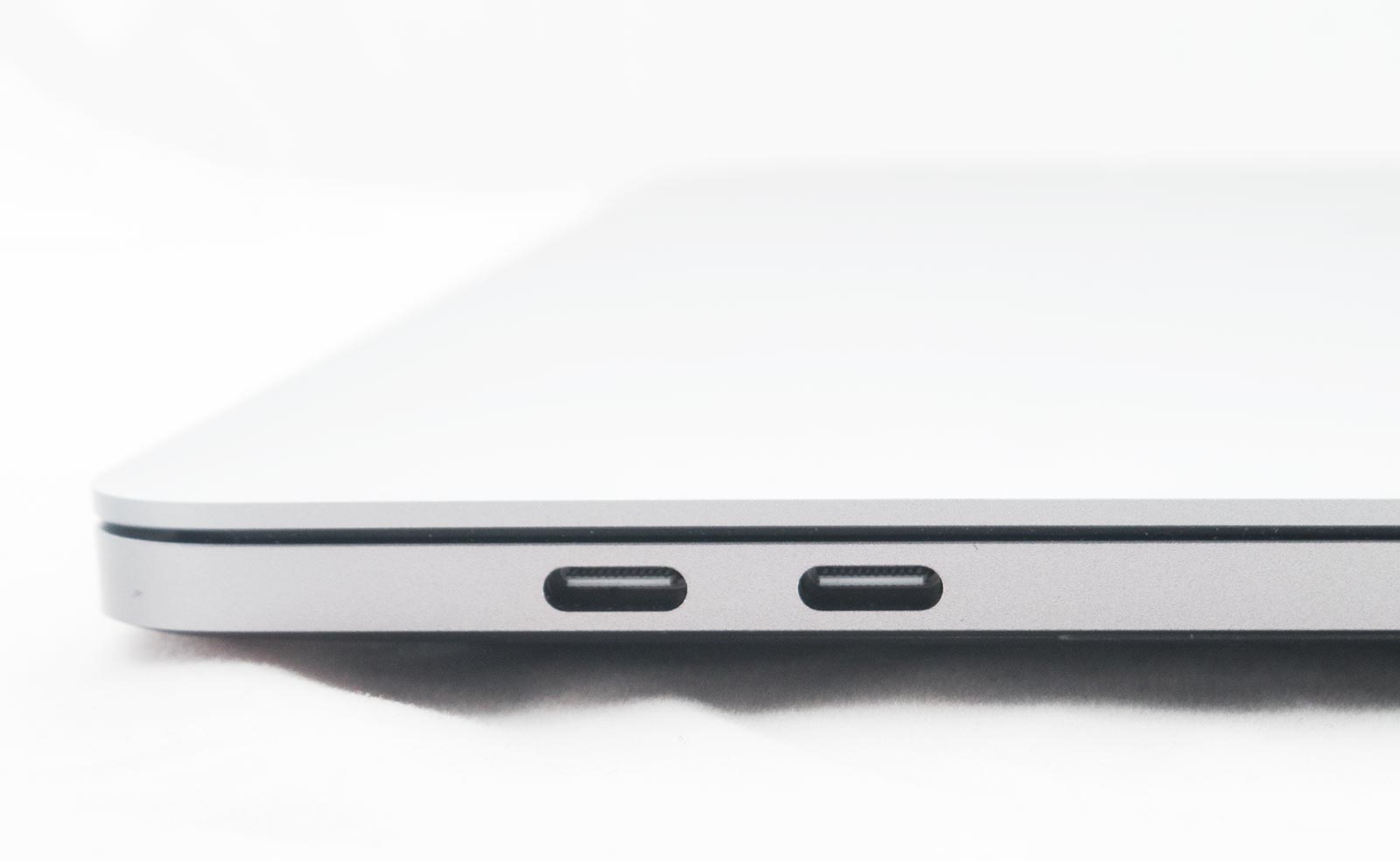There’s a new port technology coming to computers this year, but good news: it won’t change the way your ports look, even if it changes some things.
Technology is always changing, and you probably know that anything you buy is typically out of date the moment you plonk down the cash. That’s part and parcel with the rate and progress of technology on the whole, though it’s usually not as depressing as it sounds, and typically means there’s something exciting around the corner, but your technology is still going to be great, too.
Case in point: recent computers. Spend on something with solid reviews today and you’re probably going to get something that not only works a treat, but lasts a few years, too.
That’s not to say exciting stuff isn’t around the corner, but your purchase is still likely to be pretty solid, too.
However new technologies are just around the corner, and some of them could make these computers even more future proof. One of those relates to how we plug devices into our computers.
If you’ve bought a computer in the past few years (or are thinking of buying one now), you’ll have likely been introduced to the USB Type C port, which shares the same port as Thunderbolt. A port type that can be plugged in any way (making it reversible), it’s a port you can find on phones, tablets, computers, headphones, speakers, and cameras, and has quickly become the modern “universal port”, meaning it’s very common on devices.
You can find the Type C port used in both USB 3 and Thunderbolt, though the technologies underlying each are a little different. Thunderbolt is typically delivered on devices that have high speed requirements, such as monitors, video cards, and hard drives, while USB is for other devices. Both share the same port, but the technology isn’t necessarily the same.
Thunderbolt is getting a bit of an update, though, as Thunderbolt 4 is properly announced by Intel this week beyond the hint we saw at CES earlier in the year, set to roll out to computers later in the year. That gives you a bit of an idea of at least one of the new features rolling out to computers in the year, which will more than likely include a Mac or two, plus computers from other brands.
The update from Thunderbolt 3 to Thunderbolt 4 won’t just be a new number, with support for two 4K displays over the one offered by Thunderbolt 3, plus support for an 8K display, too.
The ports will handle the same 15 watts of power as Thunderbolt 3, making them ideal for charging laptops all the same, and Thunderbolt 4 will deliver the same 40Gbps speed as its predecessor. However it can support faster speeds coming from the computer on the whole, plus 40Gbps compatible cables up to two metres in length and docks with more Thunderbolt ports, supporting as many as four. It means that if you bring a few docks to a computer sporting as many as four Thunderbolt ports (like a possible upgraded version of the MacBook Pro 16), you should see as many as 16 Thunderbolt 4 ports available with each dock plugged into one port.
“Thunderbolt provides consumers with a leading connectivity standard across a range of devices, helping to advance computing experiences and delivering on the promise of USB-C with simplicity, performance and reliability,” said Jason ZIller, General Manager of the Client Connectivity Division at Intel.
“The arrival of Thunderbolt 4 underscores how Intel is advancing the PC ecosystem toward truly universal connectivity solutions.”
You can expect to find Thunderbolt 4 in computers later this year.






